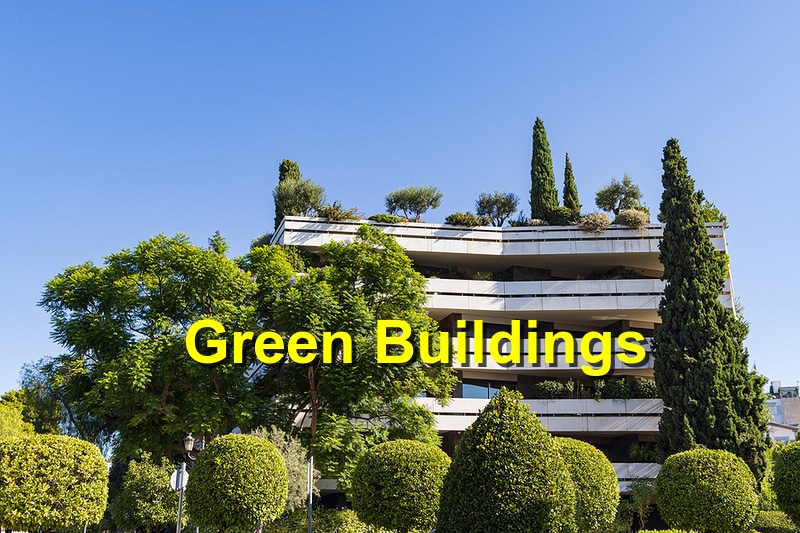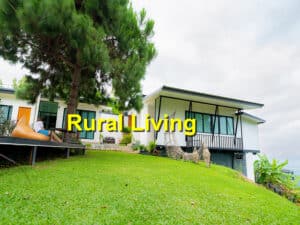A green building, also known as a sustainable building or eco-friendly building, is a building designed to minimize its impact on the environment and promote health and well-being for its occupants. This is achieved through various design, construction, and operational practices that aim to reduce energy consumption, water usage, and waste generation, while improving indoor air quality and using environmentally friendly materials. Green buildings can be found in both residential and commercial settings and can vary in size, shape, and style. The ultimate goal of a green building is to create a more sustainable and healthier built environment that benefits both the planet and its inhabitants.
While the most well-known benefits of green or sustainable buildings include energy savings and improved indoor air quality, there are several other lesser-known environmental benefits. Here are some of them:
- Reduced water consumption: Green buildings typically incorporate water-saving fixtures, such as low-flow toilets and faucets, which can significantly reduce water consumption. Additionally, many green buildings incorporate water-efficient landscaping techniques, such as rainwater harvesting and drought-tolerant plants.
- Reduced waste: Sustainable buildings often incorporate waste reduction and recycling strategies, such as using recycled materials in construction, composting food waste, and encouraging tenants to recycle.
- Reduced carbon emissions: Sustainable buildings typically require less energy to operate, resulting in lower greenhouse gas emissions. Additionally, many green buildings incorporate renewable energy technologies, such as solar panels or wind turbines, which further reduce carbon emissions.
- Improved biodiversity: Sustainable buildings can provide habitats for wildlife, such as birds and insects, by incorporating green roofs and walls, native plants, and other landscaping features.
- Reduced heat island effect: The heat island effect refers to the phenomenon of urban areas being warmer than surrounding rural areas due to the absorption and re-emission of heat by buildings and pavement. Such buildings can help reduce the heat island effect by incorporating cool roofs, green roofs, and shade trees.
Overall, green buildings offer a range of environmental benefits beyond energy savings and improved indoor air quality. By reducing water consumption, waste, and carbon emissions, and improving biodiversity and reducing the heat island effect, sustainable buildings can help mitigate some of the most pressing environmental challenges of our time.




